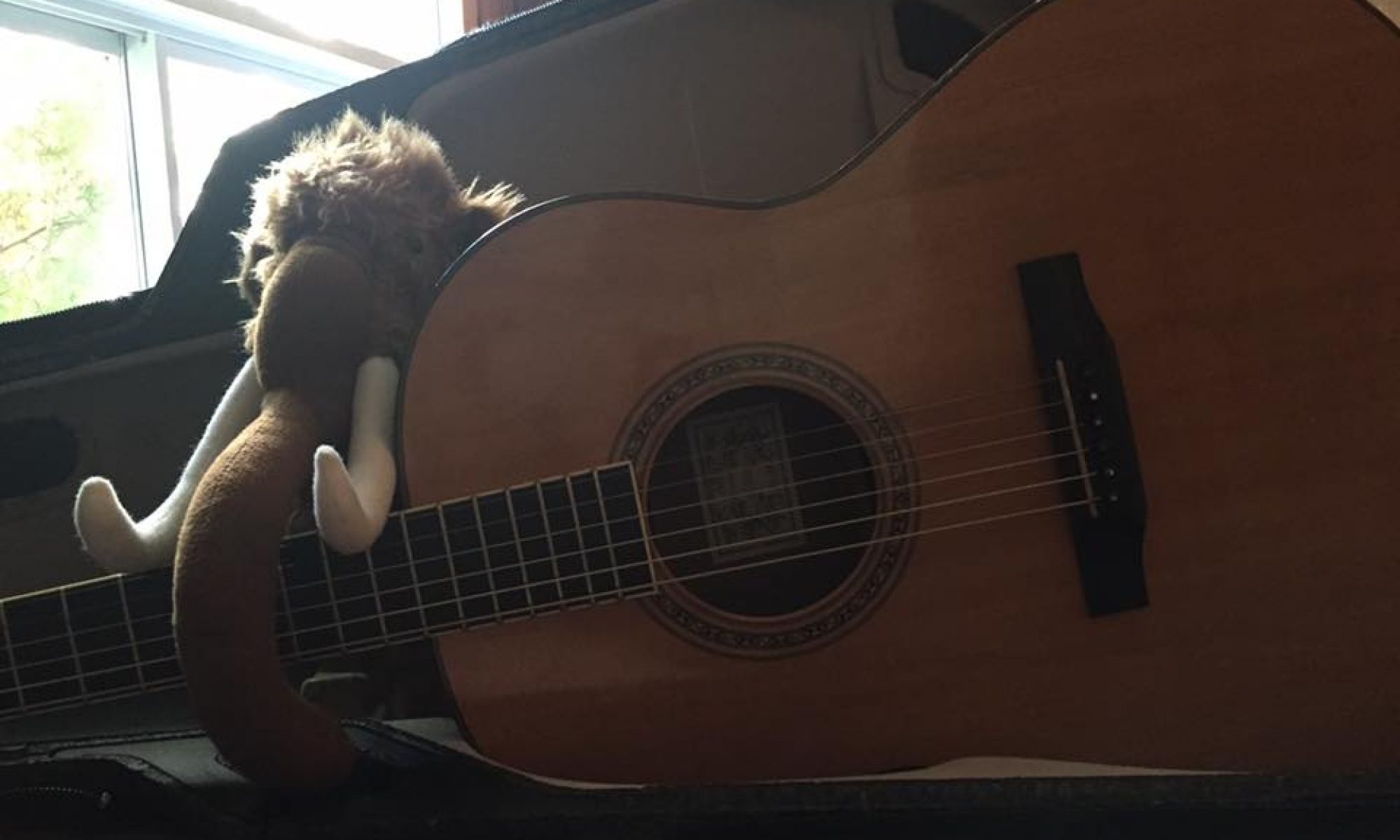Ladies and gentlemen, I gotta tell you, the fight for my playlist loyalties these past few months has been tremendous. I never thought that I would encounter any kind of music that could yank my attention for more than a few days running off of Great Big Sea–but apparently the entire genre of Quebecois traditional music, spearheaded by Le Vent du Nord but with generous help from Les Charbonniers de l’Enfer, De Temps Antan, and La Bottine Souriante, is giving my beloved B’ys a massive, massive run for their money.
In many ways, Le Vent have kind of become my Quebecois Great Big Sea. There are four of them, and certainly with the exception of the hurdy gurdy of M. Boulerice and the flying feet of M. Demers, the instrument lineup is very similar–fiddle, accordion, guitar, and bouzouki. (And as I think we’ve established at this point, I am extremely partial to pretty bouzouki players!) Vocal-wise, there are very, very few things on this planet that can make me swoon like the voices of The Doyle and The McCann, but the boys of Le Vent are coming close. Tight harmony will get me every time, especially on shanties–and Le Vent have got a couple in their arsenal that are laying down strong returning fire against “General Taylor” and “River Driver”.
But here’s the real challenge. How are they LIVE?
I have had it strongly suggested to me that Le Vent, in fact, gives better show than Great Big Sea. That, my friends, is a STRONG CLAIM INDEED. As any of you out there who have read my copious collection of GBS show writeups knows, I have a long, honorable, and passionate history of fangirling the hell out of Great Big Sea concerts. So Le Vent du Nord? They have an EXTREMELY HIGH BAR TO TOP.
March 1, 2012, O Internets, is the day I get to find out if they can do it.
I have secured for myself and  solarbird tickets to our very first Le Vent du Nord concert, up in Vancouver BC. The venue is here, a community center, which suggests strongly to me that this is actually going to be a tinier show than I’ve been used to for a while ever since GBS started playing the Moore here in Seattle. I’m ALL FOR THAT. A great deal will depend, however, on the crowd! Don’t get me wrong, when I go to a GBS show the attraction is of course the B’ys, but a huge part of the fun is also the passionate response of the crowd. GBS fandom’s battle cry isn’t VERTICAL MOVEMENT! for nothing, after all.
solarbird tickets to our very first Le Vent du Nord concert, up in Vancouver BC. The venue is here, a community center, which suggests strongly to me that this is actually going to be a tinier show than I’ve been used to for a while ever since GBS started playing the Moore here in Seattle. I’m ALL FOR THAT. A great deal will depend, however, on the crowd! Don’t get me wrong, when I go to a GBS show the attraction is of course the B’ys, but a huge part of the fun is also the passionate response of the crowd. GBS fandom’s battle cry isn’t VERTICAL MOVEMENT! for nothing, after all.
Now, if this were a show in Montreal, I would absolutely expect a Le Vent crowd to go nuts–e.g., like the crowd in this video, going delightfully berserk for “Cre-mardi”! The critical question will be whether a Vancouver crowd will get similarly excited, and whether this will be a sit-in-chairs show, or a General Admission show.
So it is ON. Le Vent du Nord, your challenge is laid. You have the tools. You have the talent. But do you have the thermonuclear stage charisma that can magnetically pull me to my feet, get me clapping and stomping, and singing at the top of my lungs despite the fact that you’re singing in a language I don’t even speak? Because if you can pull that off, messieurs, I will happily make my concert battle cry bilingual, and will be crying “La danse verticale!”
Can you do it? I look very, very forward to finding out!






